
Water determines the Great Lakes Region’s economic future
Climate change, geopolitics and business opportunities power a blue economy
Pollution has seeped into local rivers in southeast B.C. for as long as coal has been mined from the mountaintops. Mine contaminants flow where the water does: past Elkford and Fernie in southeast B.C. and across the U.S. border into Montana and Idaho — all the while coursing through Ktunaxa Nation territory.
After worsening for decades, the pollution has become a sore spot in Canada-U.S. relations, attracting notice at the highest echelons of power in both countries. So much so that it garnered attention during U.S. President Joe Biden’s first presidential visit to Canada last week.
In a joint statement, Biden and Prime Minister Justin Trudeau said the two countries “intend to reach an agreement in principle by this summer to reduce and mitigate the impacts of water pollution in the Elk-Kootenay watershed in partnership with Tribal Nations and Indigenous Peoples.” The intent, they said, is “to protect the people and species that depend on this vital river system.”
It’s rare that B.C.’s mining pollution makes it onto the international stage. So with the two heads of state pointing to the Elk Valley, here’s what you need to know.
The history of coal mining in the Elk Valley stems back more than a century and the industry continues to be a mainstay of the regional economy. Today, Teck Resources, which operates four active coal mines in the valley, employs more than 4,600 people at its Elk Valley operations, a spokesperson for the company said in a statement.
But as mining expanded, particularly in recent decades, so did the pollution problem. Today concentrations of selenium — an element which can be toxic for birds and fish, leading to deformities, reproductive failure and in a worst-case scenario, population collapse — are many times higher than what’s considered safe for fish and other aquatic life in some areas.
B.C.’s water quality guidelines recommend selenium levels not exceed two parts per billion in order to protect aquatic life. Those same guidelines limit selenium in drinking water to 10 parts per billion.
Measurements taken throughout the Elk Valley have found selenium levels at 50, 70 and higher than 100 parts per billion.
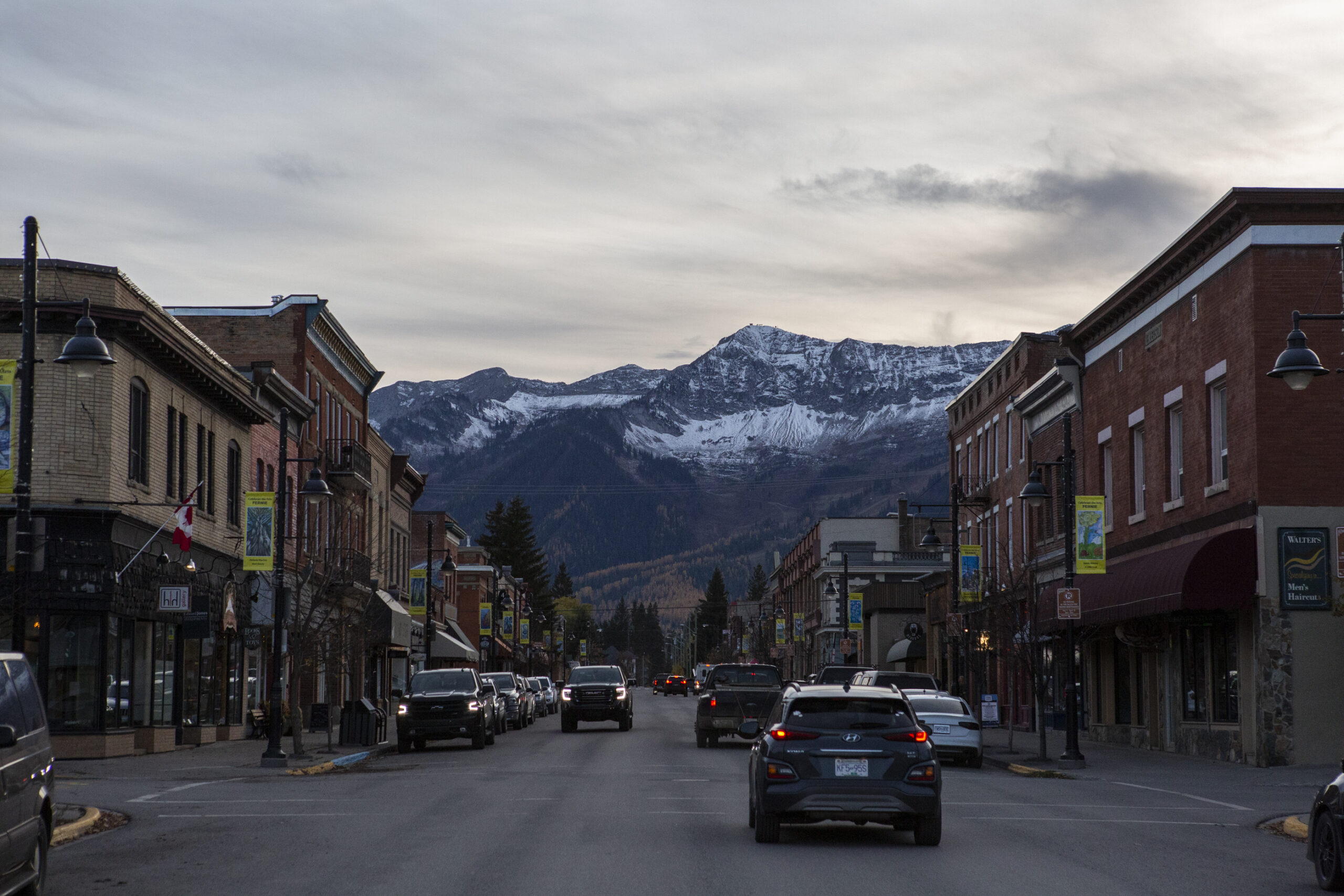
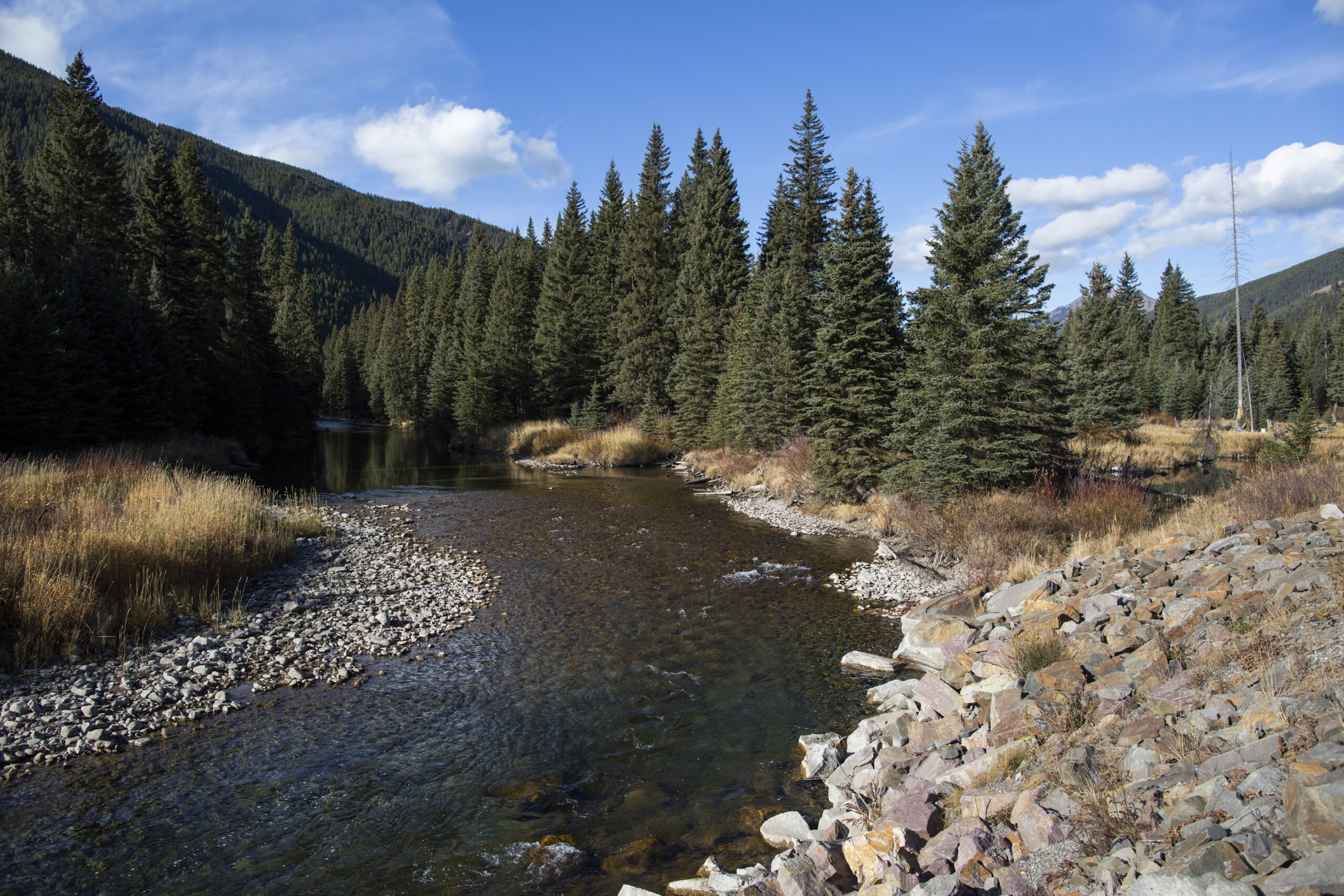
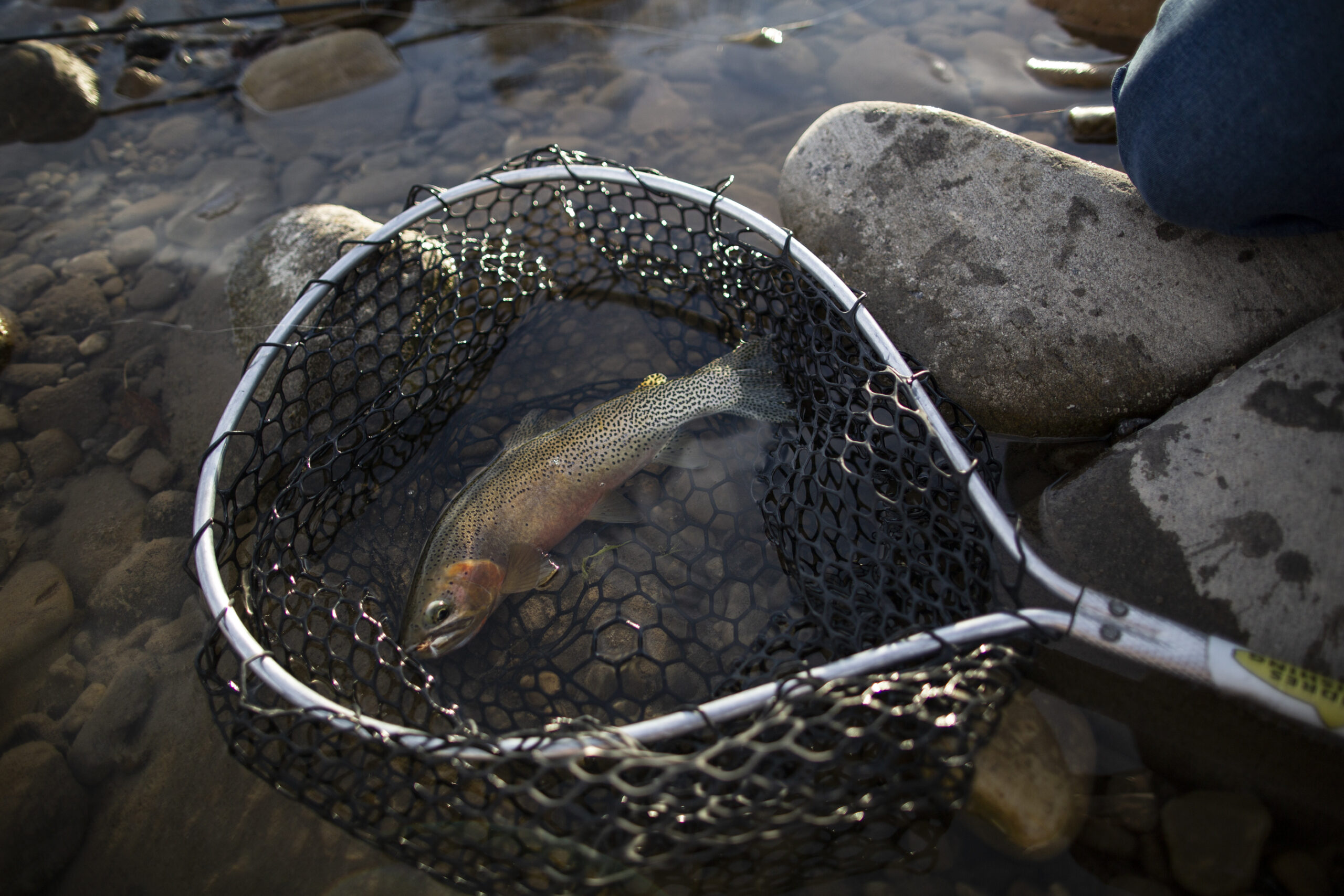
In recent years, selenium has been detected in waters far downstream from the mines, leading to growing concerns about the impacts to fish, wildlife and Indigenous Rights throughout the shared watershed in both B.C. and the U.S.
“We’re seeing the environment being harmed and our whole way of life being harmed,” Tom McDonald, chairman of the Confederated Salish and Kootenai Tribes, said in an interview.
“It’s horrific and intolerable and British Columbia’s totally ignored the situation,” he said. “And, of course, Teck mining just keeps on polluting above anybody’s standards.”
“They’re bad actors,” McDonald said.
“What we know is that it needs to stop … because the environmental harm that’s happening is significant,” he said. “We’re seeing its damage in the fisheries, we’re seeing abnormalities.”
The B.C. government allows Teck to release selenium at concentrations well beyond what it considers safe for aquatic life under the Elk Valley Water Quality Plan. The plan, established in 2014, focuses on attempting to stabilize selenium levels in the water until 2023, but does not anticipate selenium levels in the watershed will decrease until the 2030s.
And though Teck has invested more than $1.2 billion in water treatment so far, provincial inspection records show the company has failed at times to meet even these more lenient standards.
Teck is working to stabilize and reduce selenium levels in the watershed by implementing the plan, Chris Stannell, the company’s public relations manager, said in an emailed statement to The Narwhal.
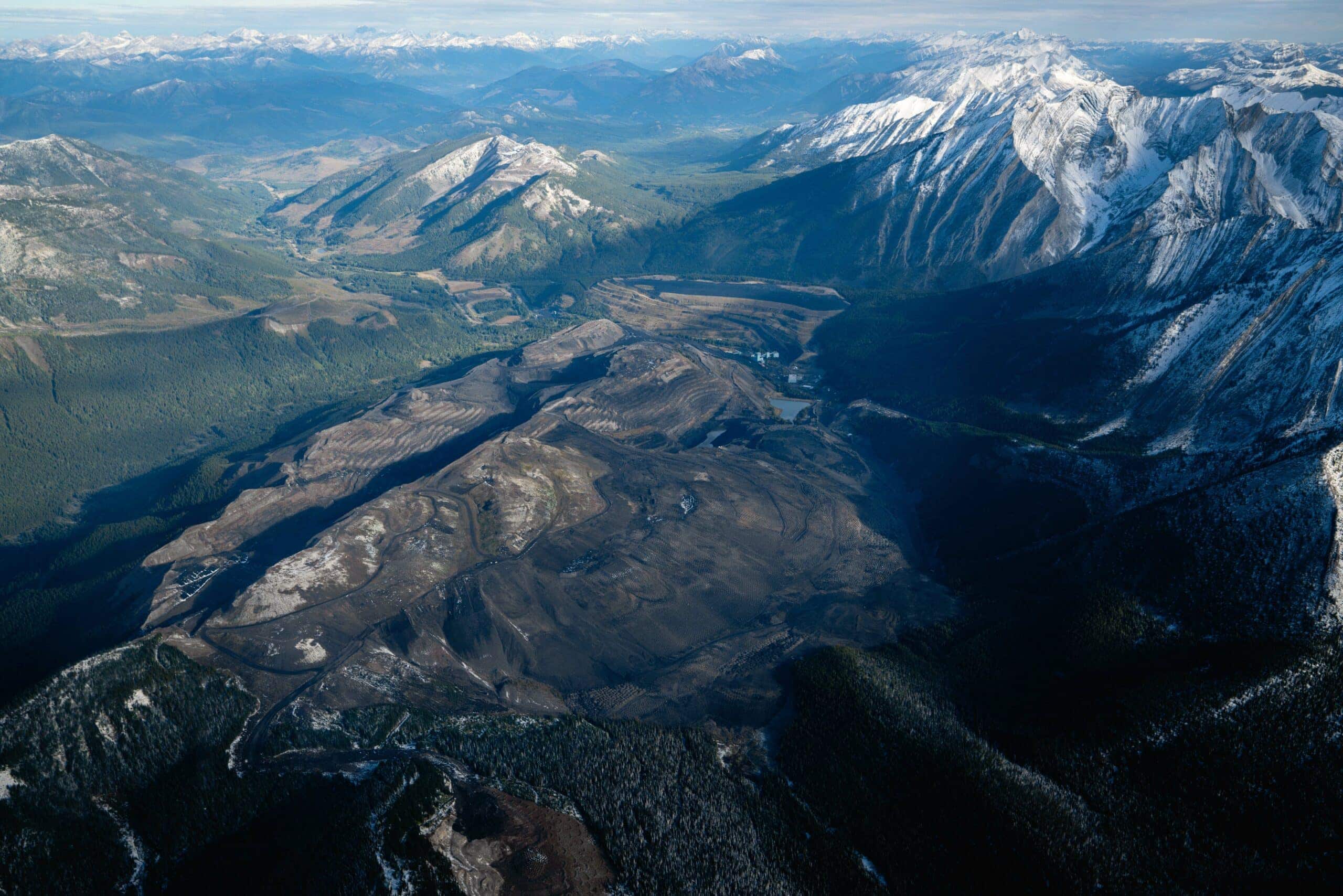
Teck’s four water treatment facilities have the capacity to treat 77.5 million litres of water a day, he said. The company also has plans to invest an additional $750 million to expand treatment capacity to 120 million litres a day by 2026.
However, it remains unclear what proportion of mine affected water is being treated.
“Teck has not shared that information,” Janssen said. “That’s not being transparent.”
Meanwhile, the B.C. government “continues to work with all parties to improve water quality in the Elk River watershed and Koocanusa Reservoir,” a spokesperson for the Ministry of Environment and Climate Change Strategy said in a statement to The Narwhal.
The province is working with the Ktunaxa Nation Council to establish a water quality objective for the transboundary Koocanusa Reservoir that would inform changes to the Elk Valley Water Quality Plan and Teck’s permits.
Though vague and brief, Trudeau and Biden’s statement offered some hope that a years-long campaign for action to address the pollution is gaining traction.
“We’ve heard this from Canada before, but never have we heard it directly from Prime Minister Trudeau and President Biden on the same day,” Rich Janssen, the natural resources department head for the Confederated Salish and Kootenai Tribes, told The Narwhal.
“So we’re hopeful, but we’re still going to be monitoring and pushing the issue,” he said, ahead of meetings between the nation and U.S. government representatives on Tuesday.
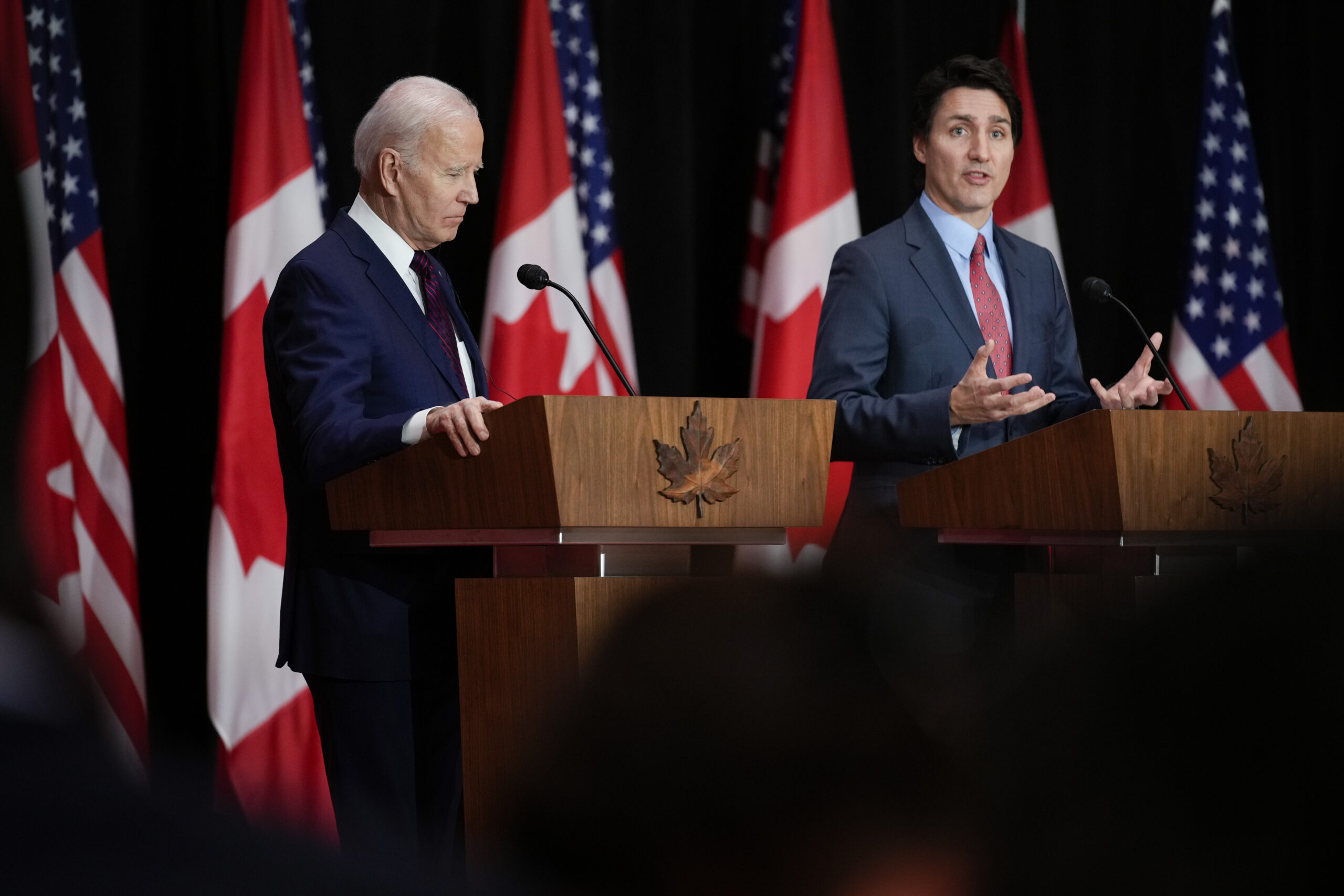
A key outstanding question is whether the Canadian government will relent to longstanding calls for the pollution to be investigated by the International Joint Commission, a Canada-U.S. body established under the Boundary Waters Treaty of 1909 to address disputes in transboundary watersheds.
If it doesn’t, Janssen said “it would signal that they don’t want a transparent process.”
“There’s no other alternatives in our opinion that they could come up with that would be impartial, credible and independent,” he said.
In an emailed statement to The Narwhal, the Ktunaxa Nation Council said a resolution to the pollution problem is “long-overdue.”
“It is important to us that the processes go beyond ‘an agreement in principle,’ ” Kathryn Teneese, chair of the Ktunaxa Nation Council, said in the statement.
There needs to be “real, meaningful change,” she said, noting that the Kootenay River is central to the Ktunaxa Nation’s Creation Story.
Success depends on Ktunaxa Nation involvement and self-governance, transparency and a “one nation, one river” approach, the statement said.
Alongside “aggressive timelines” for environmental improvements, Ktunaxa Nation Council reiterated calls for the involvement of the International Joint Commission.
However, B.C. has lobbied against this option.
“We’re confident existing and new provincial and federal actions will address concerns about water quality without the need for the International Joint Commission,” the spokesperson for the Ministry of Environment and Climate Change Strategy told The Narwhal.
Despite the B.C. government’s promise for further action to reduce selenium and mine pollution, Janssen remains skeptical.
“We’ve seen it from B.C., where they just tell us they’re going to do something and then they don’t,” he said.
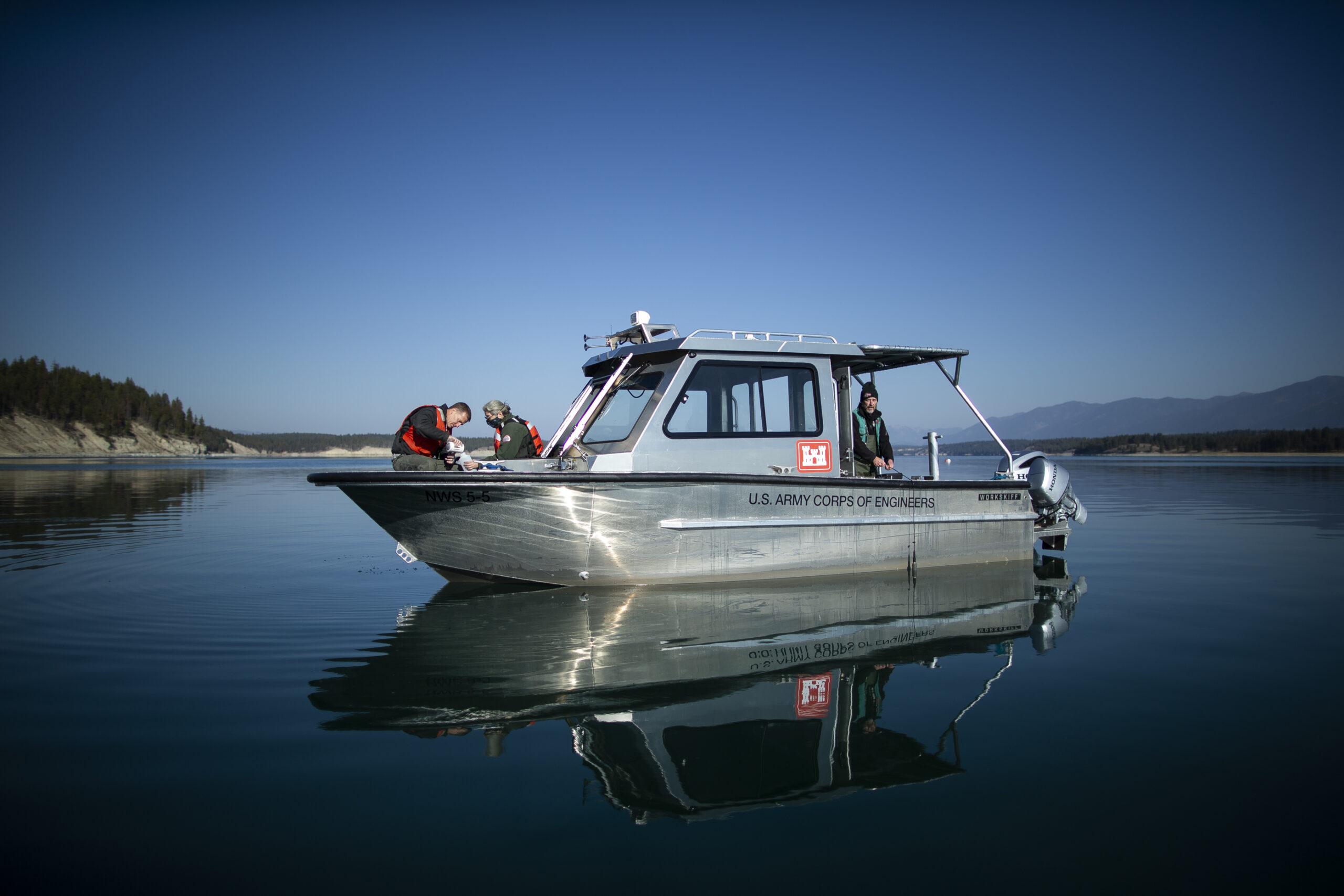
For the last decade, the transboundary Ktunaxa Nation — comprised of the Ktunaxa Nation Council in B.C, the Confederated Salish and Kootenai Tribes in Montana and the Kootenai Tribe of Idaho — have called for Canada and the U.S. to jointly refer the matter to the International Joint Commission.
One of the commission’s main roles is investigating and recommending solutions to transboundary water disputes.
“It was created for this type of situation,” McDonald said.
“It’s also independent, impartial and transparent, which is exactly what is needed to, I think, resolve all the issues on the Elk-Kootenay river system,” said Wyatt Petryshen, mining policy and impacts researcher with the conservation organization Wildsight.
“A lot of stakeholder groups are getting frustrated with this process,” Petryshen said. “I think the U.S. government is getting frustrated with this process and they’re wanting to see Canada actually do something to resolve it,” he said.
There’s growing urgency to address this issue with new mines proposed for the region and concerns about Teck’s plans to split its coal and copper businesses.
“How can you expand mines up there when you can’t even take care of the current mines that you have? I just don’t understand that,” Janssen said.
As for Teck’s plans to spin off its steelmaking coal mines, Janssen said it looks like a move to “reduce their liabilities.”
In response, Stannell said the separation “will have absolutely no effect on meeting environmental obligations in the Elk Valley.”
The new company, Elk Valley Resources, “will be fully committed to the ongoing implementation of the Elk Valley Water Quality Plan,” he said.
The spokesperson for the B.C. government meanwhile said Teck “is being held accountable for environmental impacts from its operations as evidenced by the latest fine.”
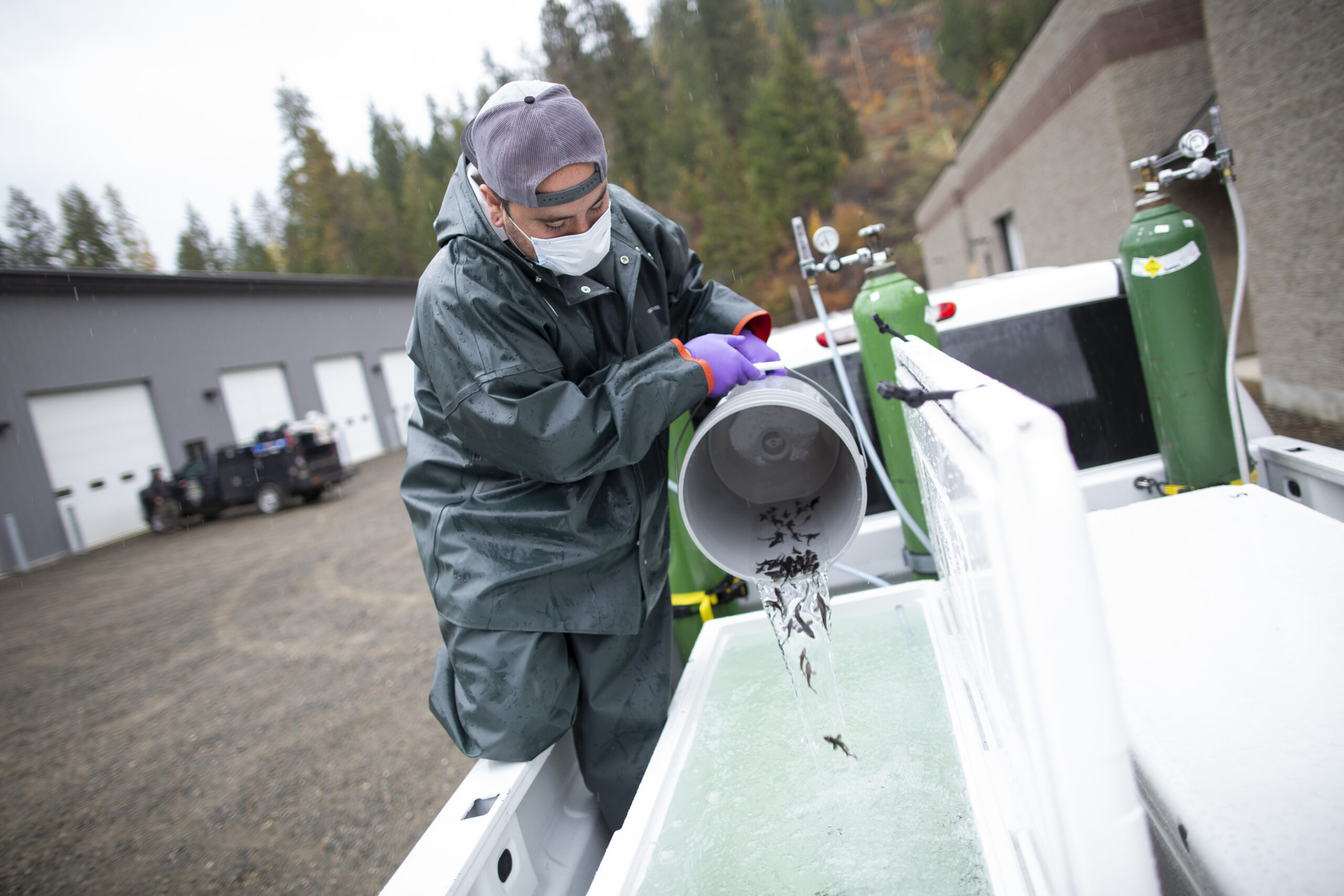
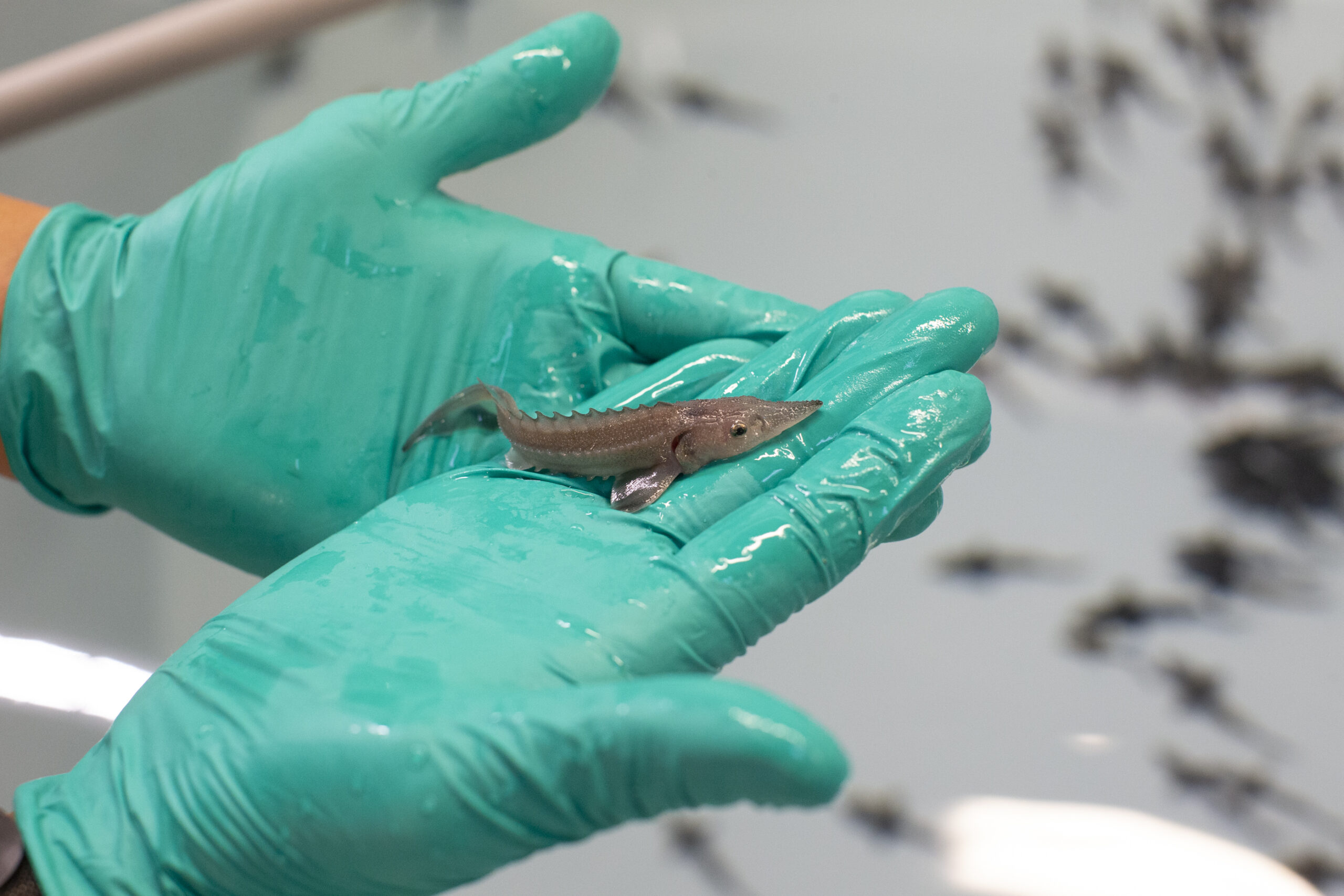
In late January, the province fined Teck $216,000 for exceeding selenium standards nine times. Since its permit was issued, the company exceeded daily selenium limits 93 times and monthly selenium limits 45 times, with exceedances ranging up to 537 per cent above the limit. The company received five warnings before the fine.
Also in late January, the province fined Teck $15,480,000 because it failed to have one of its active water treatment facilities operating by the end of 2018 and another $864,000 for exceeding of nitrate limits.
These are just the latest in a string of penalties for Teck, including a fine for $60 million — the largest penalty ever issued for Fisheries Act offences — for selenium and calcite pollution releases from two mines in 2012.
But Janssen said the fines are “peanuts” compared to Teck’s earnings. Earlier this year the company reported $3.298 billion in profits for 2022.
McDonald said the meetings with U.S. government officials Tuesday would be a chance to talk about what moving forward looks like. “It’s time to up the ante,” he said.
Updated March 29, 2023, 1:51 p.m. PT: This story was updated to include a statement from Ktunaxa Nation Council
Get the inside scoop on The Narwhal’s environment and climate reporting by signing up for our free newsletter. On a warm September evening nearly 15...
Continue reading
Climate change, geopolitics and business opportunities power a blue economy

10 billion litres of sewage are dumped into Winnipeg’s lakes and rivers each year. Some...

Court sides with Xatśūll First Nation, temporarily halting Mount Polley mine waste expansion
